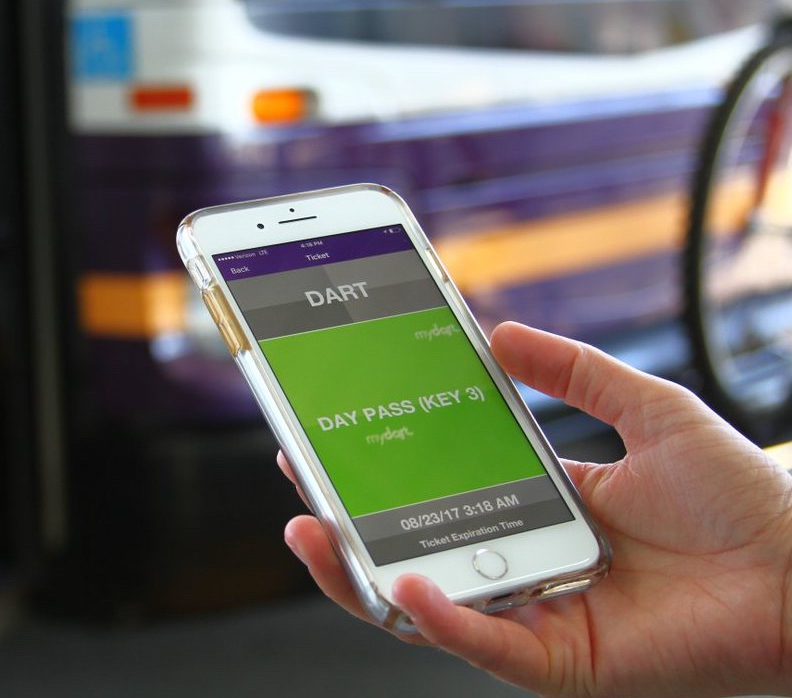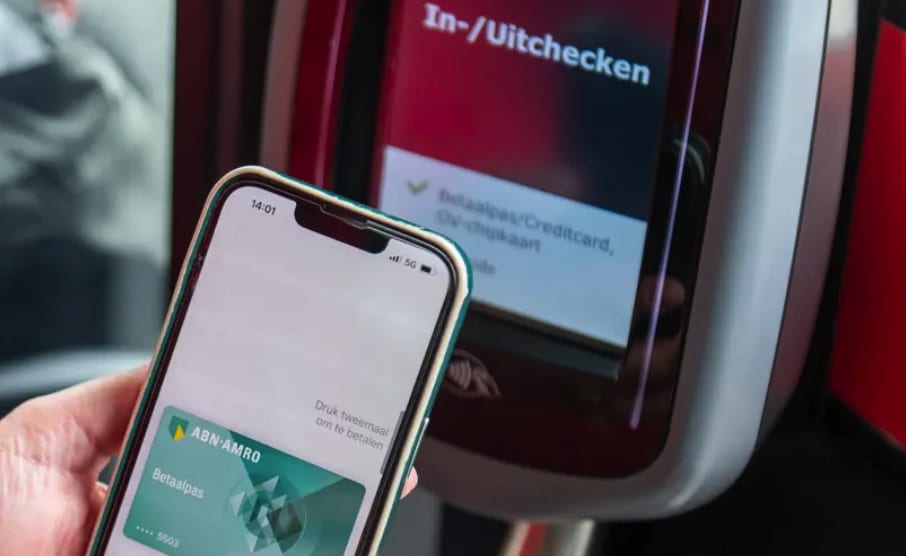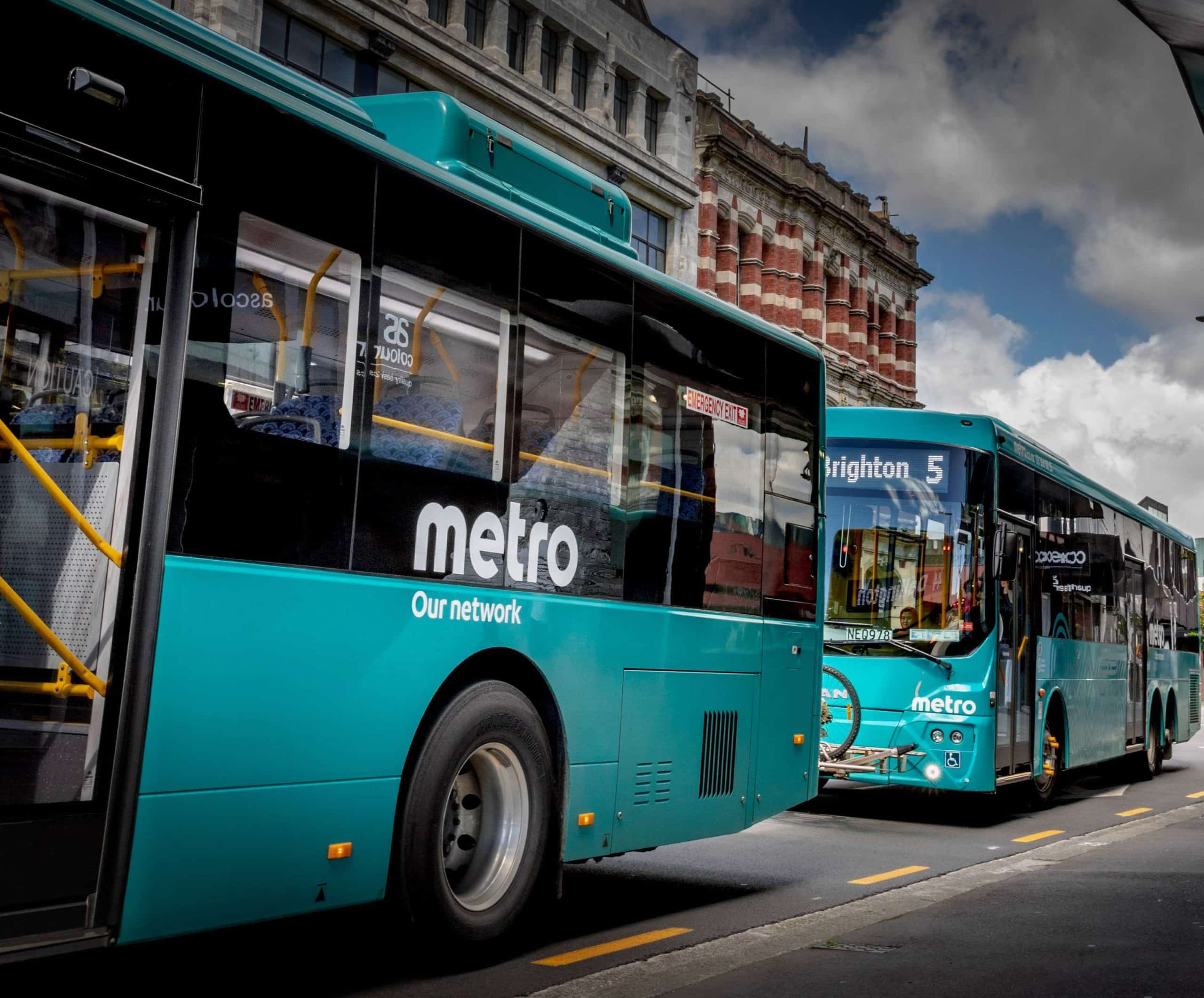
Article Highlights
SaaS ticketing platforms,like one from U.S.-based Bytemark, are seeing increased demand from transit agencies wanting to enable “touchless” ticketing quickly and with low start-up costs. There are tradeoffs and the mobile-ticketing services sometimes compete with well-established agency fare cards.
Table: Major SaaS ticketing vendors, including investors, important clients, pricing and partnerships with third-party apps.
• Bytemark
• Siemens Mobility
• Masabi
• Token Transit
• Capital Metro (Austin)
• Sound Transit (Seattle)
• DART (Des Moines, IA)
It comes as little surprise that demand for mobile ticketing by transit agencies has soared at the same time ridership plummeted during the Covid-19 pandemic.

















